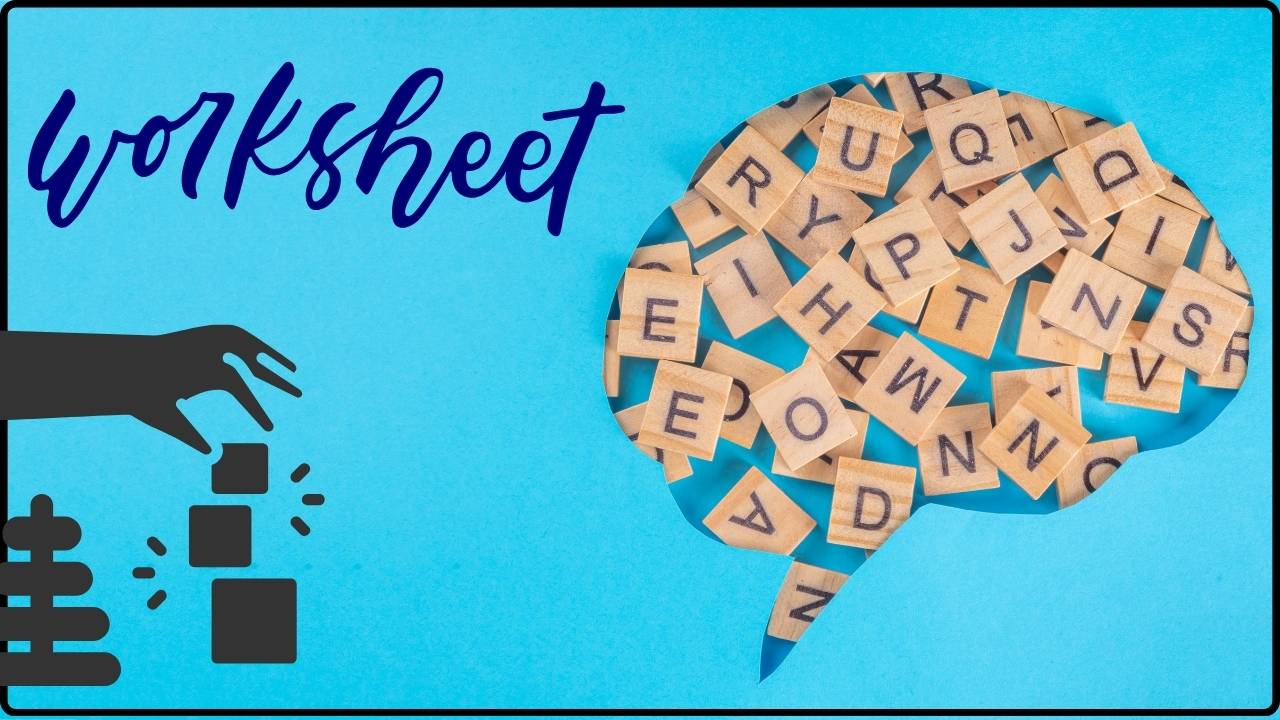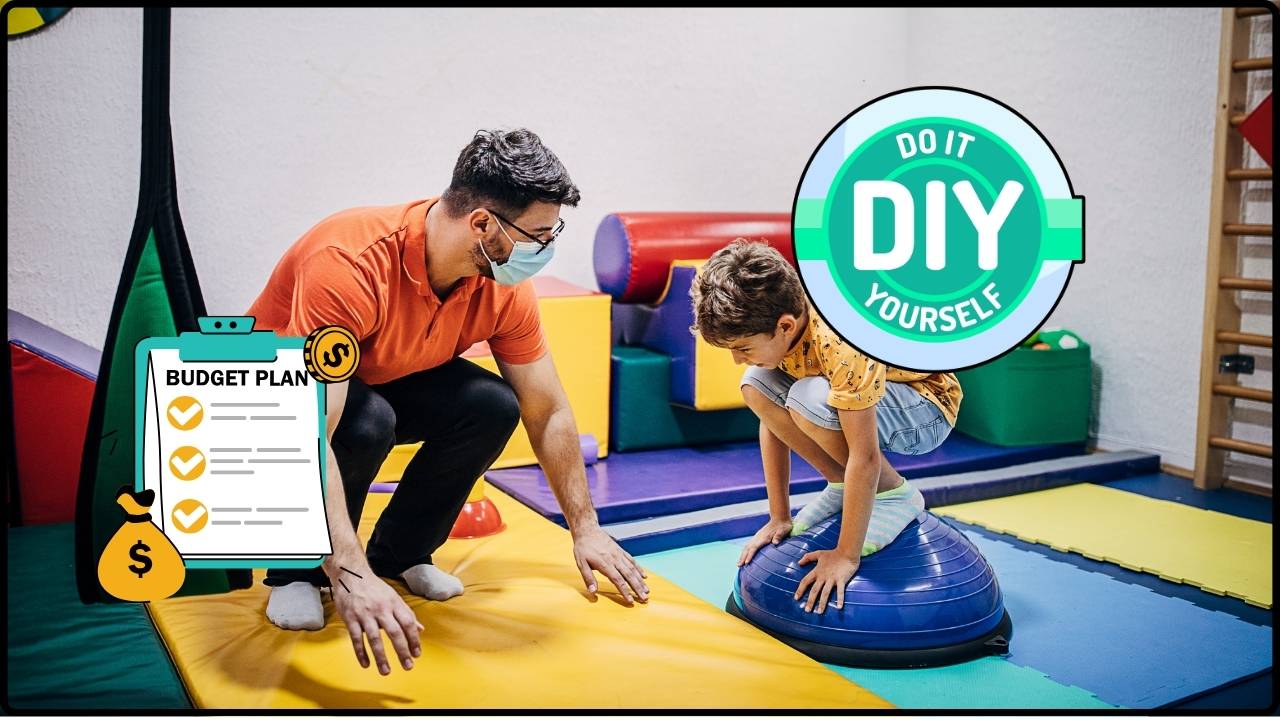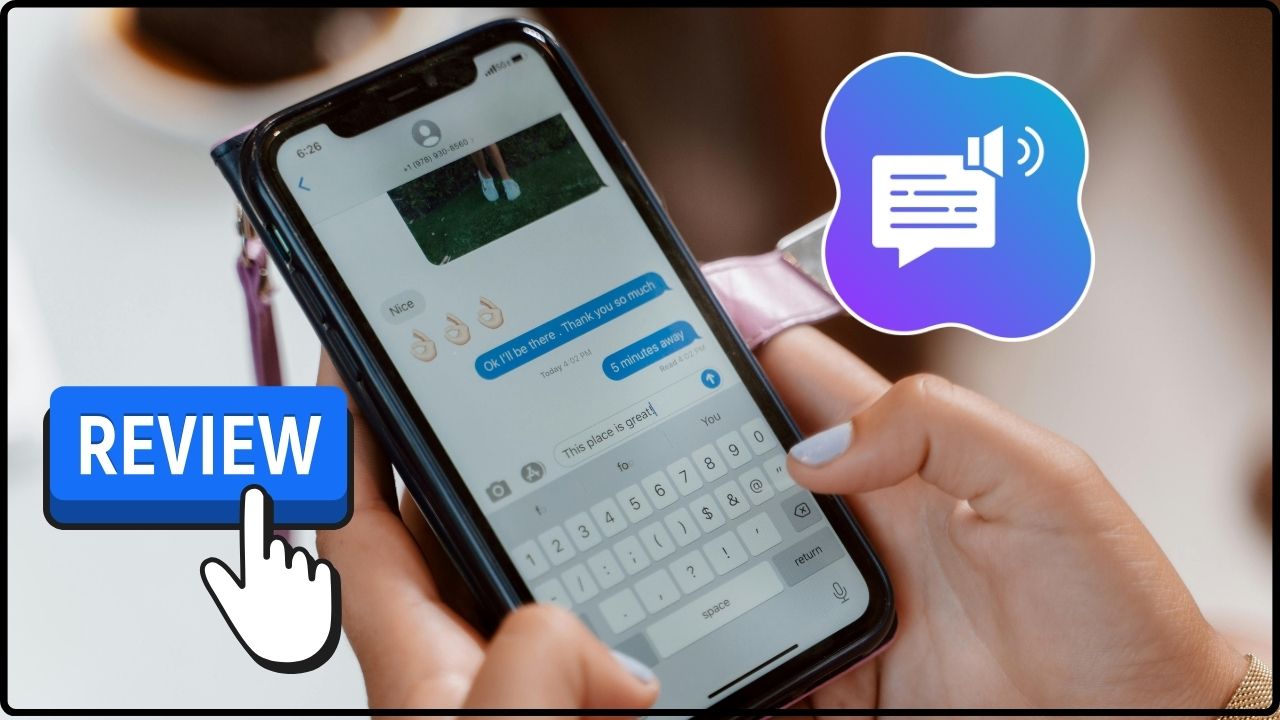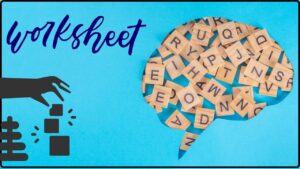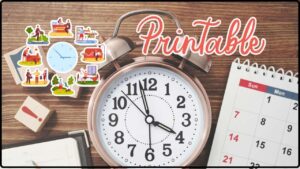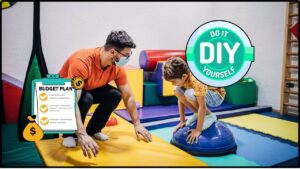
Printable Visual Schedules: Creating a strong, easy-to-follow daily routine for kids can be a real game-changer at home and school. Printable visual schedules, especially downloadable cards for daily school routines, are one of the coolest tools out there to help kids stay on track, bring order to busy days, and reduce stress for both kids and adults. Whether you’re a teacher, parent, or caregiver, having these handy visuals keeps everything moving smoothly — because let’s be real, kids respond best to clear, simple cues. You might be thinking, “Why do we even need visual schedules?” Well, these tools aren’t just for kids who have learning or communication challenges. They’re for any kid who thrives when they know what’s coming next. Plus, with printable cards, you get the flexibility to customize and adapt schedules to fit individual needs. Let’s break down why these visual tools are making waves in classrooms and homes across the U.S., how you can use them, and where to get the best downloadable resources.
Table of Contents
Printable Visual Schedules
Printable visual schedules with downloadable cards are a powerhouse tool for creating smoother, happier school days. By breaking down complex routines into simple, visual steps, they empower kids to take charge of their days and help educators manage class flow effortlessly. Whether you’re a parent wanting to ease mornings or a teacher aiming for a calm classroom, these visual supports are a must-have. They’re easy to use, adaptable, and prove that sometimes, seeing really is believing.
| Feature | Details |
|---|---|
| Purpose | Helps kids follow daily routines with ease |
| Benefits | Increases independence, reduces anxiety, supports transitions |
| Best For | Students with autism, ADHD, communication delays, and others |
| Formats Available | Printable PDF cards, editable templates, image files |
| Customizability | Allows adding personalized tasks and blank cards |
| Usage | Suitable for home, preschool, elementary school |
| Trusted Source | Autism Speaks: Visual Supports |
Why Printable Visual Schedules Are a Must-Have?
Kids love routine—structure helps them feel safe and know what’s expected. But verbal instructions alone can be tricky for many kids to follow. That’s where printable visual schedules come in. These aren’t just any charts; they’re visual cues that break down the day into manageable parts with pictures or symbols. Kids can see what’s next, which takes the guesswork out of their day and calms nerves.
Visual schedules especially help children who struggle with reading or those on the autism spectrum. Plus, they boost independence by letting kids check off tasks on their own. Imagine a kiddo proudly showing off that they got through the whole morning routine without a fuss—that’s a win any day!
What Are Downloadable Routine Cards?
Downloadable cards are digital files you can print right at home or school. These cards visually represent daily activities like brushing teeth, putting on a backpack, snack time, or classwork. They are usually designed in a clean, kid-friendly style and come as PDFs or images, which makes printing, laminating, and reusing them super easy.
What Does a Good Printable Visual Schedule Include?
A comprehensive visual schedule should cover all the key activities a child experiences in their day. Here’s what you might find in a top-notch set:
- Morning Routine Cards: Wake up, brush teeth, get dressed, eat breakfast.
- School Routine Cards: Pack backpack, classroom activities, recess, lunch.
- After-School/Evening Cards: Homework, dinner, playtime, bedtime.
- Transitional Cues: “Next,” “Break time,” “Get ready.”
- Special Event Cards: Field trips, fire drills, holidays, birthdays.
- Emotion and Behavior Cards: “Calm down,” “Take a break,” “Ask for help.”
Many printable packs offer blank cards too, so you can craft schedules unique to your kid or classroom. Plus, clips, Velcro, or magnets help to arrange the cards in order or let kids mark what’s done.
How to Use Printable Visual Schedules in Schools?
Teachers and aides can integrate these tools into daily classroom routines. Here’s a step-by-step approach:
- Introduce the Schedule: Begin by showing the child the cards for the day’s activities. Explain each in simple terms.
- Set Up the Visual Board: Use a magnetic board or Velcro strip where cards can be placed and rearranged.
- Guide Through Transitions: Use the cards as cues to move between activities, gently prompting students.
- Encourage Independence: Teach students to move cards themselves once a task is complete.
- Celebrate Success: Praise children for following the schedule, boosting confidence.
- Adapt as Needed: Change the schedule daily or weekly to keep it relevant and engaging.
This approach reduces interruptions and confusion, giving everyone more time to focus on learning and growth.
Practical Tips for Creating Your Own Printable Visual Schedules
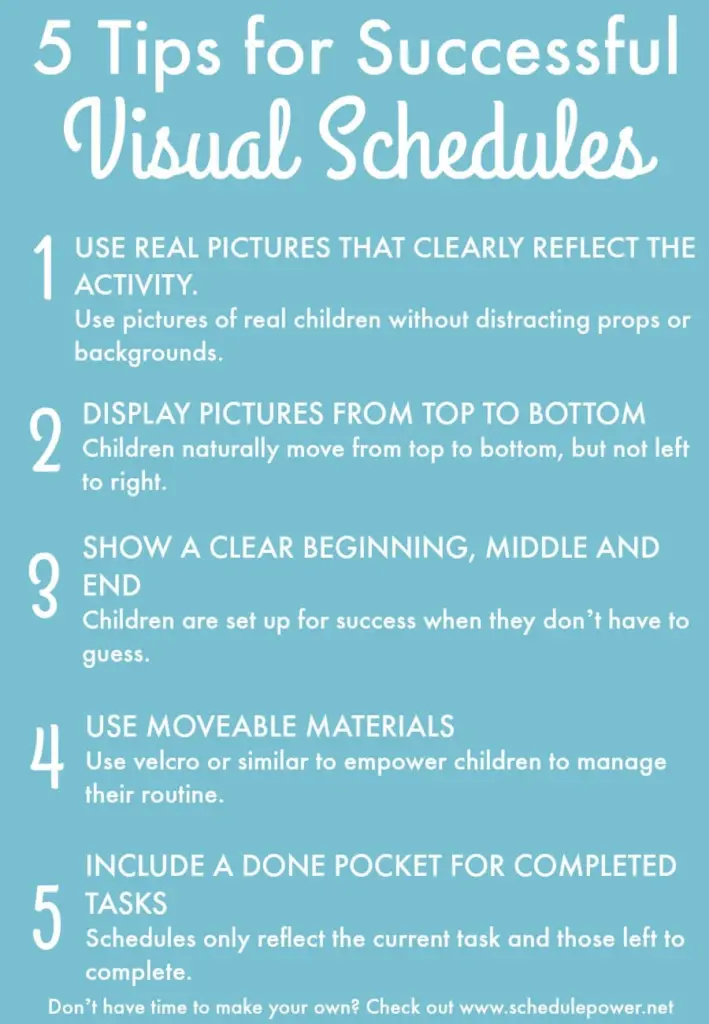
If customization is your jam, here are some handy hints:
- Use clear, colorful pictures with simple words.
- Keep the number of cards manageable—not too many at once.
- Personalize cards with the child’s favorite images or icons.
- Laminate cards for durability against kiddo wear and tear.
- Place schedules at children’s eye level for easy access.
- Use dry-erase boards combined with visual cards for flexible daily changes.
- Include rewards or motivators tied to schedule completion.
Incorporating Technology with Printable Schedules
In today’s digital age, pairing printed cards with technology can enhance effectiveness:
- Use tablet apps that complement physical cards.
- Upload schedules to classroom smartboards.
- Scan QR codes on cards linking to videos or instructions for more clarity.
- Incorporate timers or alarms synced with schedule tasks.
This blend taps into multiple learning styles and keeps kids engaged. It also opens doors for blended learning environments, where physical and digital tools coexist seamlessly to meet diverse needs.
Benefits for Different Types of Learners
Visual schedules offer benefits for a wide range of children:
- For children with autism, they are invaluable to reduce anxiety and confusion by providing predictability.
- For children with ADHD, they help with focus and minimizing impulsive behavior by breaking down tasks.
- For English language learners or younger kids, pictorial supports help overcome language barriers.
- For typically developing kids, these schedules can cultivate time management and organizational skills early on.
Teachers report that visual schedules improve classroom harmony and allow for more individualized pacing.
Addressing Special Situations
Visual schedules can also be customized to address special situations that arise in school or home life:
- Emergency Drills: Cards that visually explain fire drills or lockdowns help kids know exactly what to do.
- Changes in Routine: Use visual cues for unexpected changes or substitutes to prevent anxiety.
- Social Skills Development: Cards depicting greetings, sharing, or asking for help can be integrated.
- Calming Strategies: Visuals for deep breathing or quiet corners support emotional regulation.
By addressing these specific needs, schedules become not just daily organizers but comprehensive supports for learning and well-being.

Where to Find the Best Downloadable Printable Cards?
Several trusted sites offer free and paid visual schedule resources tailored to schools and homes:
- Social Workers Toolbox offers printable charts and daily routine schedules designed for children.
- Teaching Mama has free visual routine cards specifically for before and after school.
- Teachers Pay Teachers provides a vast selection of customizable schedules made by educators.
- Life Over Cs curates printable schedules for kids with special needs.
- Conscious Discipline features detailed visual daily schedules for classroom behavior management.
Many of these resources come with user guides, and updates, ensuring that you are getting practical, tested tools for everyday routines.
Benefits Backed by Research and Real Results
According to research from Autism Speaks and educational specialists, children who use visual supports demonstrate:
- Up to a 60% improvement in task completion rates.
- Decreased anxiety during transitions, particularly for children with autism and ADHD.
- Better classroom behavior due to clear expectations and reduced confusion.
- Increased self-regulation and confidence in managing daily tasks.
Educators also report that classrooms become more predictable and manageable, giving space for a richer learning experience.
Common Challenges and How to Overcome Them
While visual schedules are powerful, challenges can pop up:
- Resistance to Change: Introduce schedules gradually and involve kids in making them.
- Card Overload: Use a limited set of cards for each day/week to avoid overwhelming kids.
- Durability: Laminate cards or use heavy-weight paper to withstand wear.
- Keeping Kids Engaged: Regularly refresh cards and use rewards to motivate.
- Storage of Cards: Use storage containers or binders to keep cards organized and accessible.
With patience and some creativity, visual schedules become a reliable partner in any school routine.
Assistive Technology Catalog: Where to Find Free and Subsidized Tools in Serbia
Review: Best Text-to-Speech Software for Serbian/Croatian Languages
Erasmus+ for Inclusion: How to Write a Winning Project Proposal for Your School



